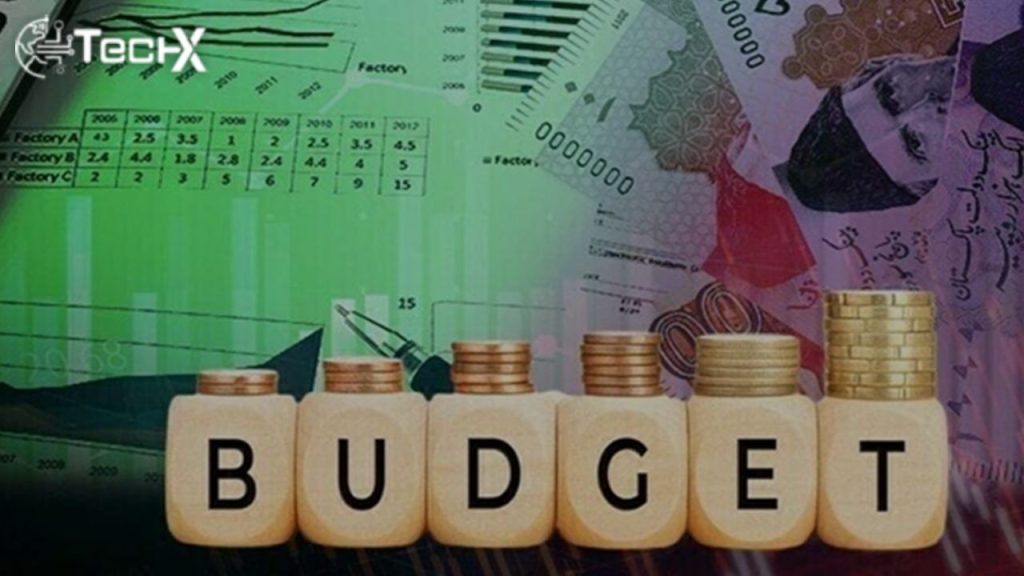Pakistan’s IT and Telecom sector has witnessed a monumental budget increase, rising from Rs1.1 billion to Rs28.9 billion. This growth, reported by the Economic Policy and Business Development (EPBD), reflects a strategic shift toward digital transformation. The sector’s share in the Public Sector Development Programme (PSDP) surged from 0.2% to 2.1%, signaling a stronger government commitment to technological advancement.
Digital Economy Gains Policy Priority
The report Decoding Pakistan’s Budget Dynamics by Muhammad Mubasal highlights the growing emphasis on digital infrastructure. Alongside IT and Telecom, climate financing saw a dramatic rise, from negligible amounts to Rs260 billion by FY2025. These trends indicate a national pivot toward modernization and sustainability. However, fiscal imbalances threaten to undermine these positive developments, with current expenditures dwarfing development spending.
Fiscal Imbalance Reaches Critical Levels
Pakistan’s budget structure has deteriorated, with the current-to-development expenditure ratio worsening from 2.2:1 in FY2010 to 10.3:1 in FY2025. This unsustainable consumption bias stifles long-term economic growth. While IT and climate initiatives expand, excessive current spending leaves little room for critical development projects, exacerbating fiscal instability.
Also Read: Pakistan’s IT Ministry Confirms Super-Fast Internet Coming Soon
Crushing Debt Burden Limits Fiscal Space
Debt servicing has surged by 1,411% over 15 years, far outpacing GDP growth. By FY2025, it consumes 56.8% of current expenditure, restricting funds for development. Meanwhile, development spending grew at a mere 5.4% CAGR, while current expenditure rose by 16.7%. This imbalance has slashed development’s budget share from 31% to just 8.9%, crippling progress.
Power Sector Struggles Persist
Despite reforms, Pakistan’s power sector remains inefficient, with subsidies skyrocketing by 1,676% (21.3% CAGR). This reflects deep structural issues, including circular debt and operational losses. Without meaningful reforms, power sector inefficiencies will continue draining fiscal resources, further straining the economy.
Social Protection Expenditure Skyrockets
Social safety net spending surged by 15,489% (38.7% CAGR), marking a major policy shift toward welfare. However, human capital investment remains alarmingly low. Health and education grew at just 10.3% and 8.3% CAGR, lagging behind overall budget growth (14.7%). This neglect threatens long-term socioeconomic stability.
Fiscal Federalism Reshapes Budget Dynamics
The 7th NFC Award dramatically altered fiscal federalism, increasing provincial shares by 1,036% (17.7% CAGR). Provincial PSDP grew twice as fast as federal PSDP, redistributing fiscal responsibility. However, this shift has not resolved broader revenue stagnation, leaving systemic fiscal weaknesses unaddressed.
Tax Revenues Fail to Keep Pace
Despite a 768% rise in tax revenues (15.5% CAGR), Pakistan’s tax-to-GDP ratio remains stagnant at 10–11%. Weak revenue mobilization persists, forcing reliance on central bank financing. State Bank profits surged by 1,567% (20.7% CAGR), highlighting dependency on unsustainable monetary measures rather than robust taxation.
Domestic Debt Becomes a Growing Risk
Domestic borrowing ballooned by 3,471% (28.4% CAGR), while external financing grew just 30.6%. This heavy reliance on domestic debt heightens fiscal vulnerability, increasing repayment pressures and crowding out private sector credit. Urgent reforms are needed to stabilize debt dynamics.
Conclusion: A Path Forward
Pakistan’s fiscal landscape from FY2010 to FY2025 reveals both progress and peril. While IT, climate, and social protection gains are notable, debt, revenue gaps, and underfunded human capital pose severe risks. A balanced fiscal framework, prioritizing sustainable revenue and development, is crucial for securing Pakistan’s economic future.
